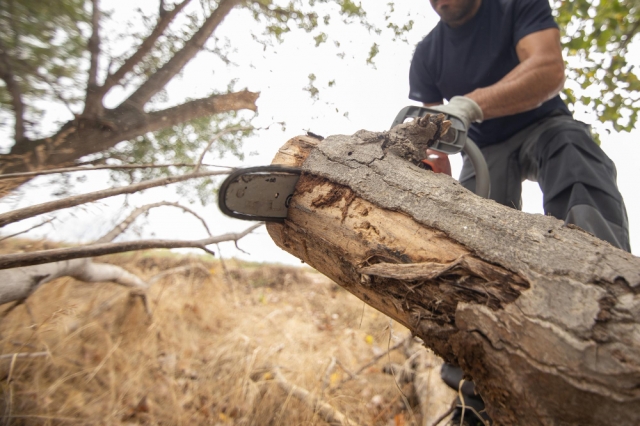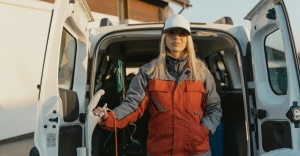Cutting down a tree might seem like a simple weekend job, call in the pros, out comes the chainsaw, and down it goes. But in many parts of Victoria, especially around metro areas, the reality is a lot more layered.
For anyone looking into tree removal in Melbourne, there is often more red tape than you would expect. Councils don't just rubber-stamp these things, and knowing where you stand legally could save you a world of trouble.
Why Some Trees Are Off-Limits
Not all trees are treated equally under local planning laws. Councils tend to protect species that are native, rare, or play a crucial role in the local ecosystem. In particular, trees growing in areas marked by Vegetation Protection Overlays (VPOs) or Heritage Overlays are subject to strict controls. These overlays are not just about saving the odd old gum tree but reflect broader goals around neighbourhood character, biodiversity, and environmental sustainability.
And it is never just about whether a tree looks old or beautiful either. Councils often assess trees based on height, trunk diameter, and even their ecological value. And yes, that applies even if the tree stands on private property. The rule of thumb is that if there's an overlay in place or the tree is native and mature, you will likely need formal approval before touching it.
Situations Where Approval May Not Be Required
Not every backyard tree is wrapped in layers of bureaucracy. If you are dealing with a smaller tree, under ten metres, for instance, or one that is clearly non-native, you may not need to ask for permission.
Councils also tend to be more lenient when a tree is causing serious structural issues, like when roots invade your plumbing or crack the foundation. Then there are safety concerns. A tree that is dead, diseased, or at risk of falling is often considered an exception.
The Importance of Tree Condition and Documentation
Saying the tree looks dodgy won't cut it most of the time. Councils expect documented proof, ideally from a certified arborist. These professionals inspect the tree's condition, species, structural stability, and potential risks. Their report helps the council make an informed decision, and in some cases, it is the tipping point between a fast approval and a firm rejection.
However, even if your application is approved, you might be required to plant a replacement tree elsewhere on the property. That is the council's way of maintaining the green canopy that many suburbs have worked hard to preserve.
Managing Environmental and Seasonal Considerations
Trees are not just part of the landscape but often home to native birds and animals. Some councils have seasonal restrictions, especially during nesting periods. If your tree happens to house an active nest, even an approved removal might have to wait.
Arborists generally have a good handle on local wildlife activity and can advise on when it is safest to proceed without disturbing the natural order.
A Professional Touch Goes a Long Way
The undeniable truth is that dealing with local government processes isn't most people's idea of a good time. Bringing in a tree removal company with experience navigating council requirements can make the process far smoother.
These folks have seen it all, from protected species, overlay zones to last-minute objections. They can prepare the paperwork, line up the right reports, and carry out the job within legal and environmental guidelines. That peace of mind is worth a lot, especially if your property sits in an area with strict planning controls or mature native trees.
Takeaways
Before you grab the chainsaw or ring a contractor, pause for a moment. The question of council approval is not one to overlook. Whether your tree is a hazard, a hassle, or simply in the wrong spot, the surrounding rules are there for a reason. Taking a bit of time to understand the process and getting the right people involved can help you avoid fines, delays, or unexpected replanting requirements.






